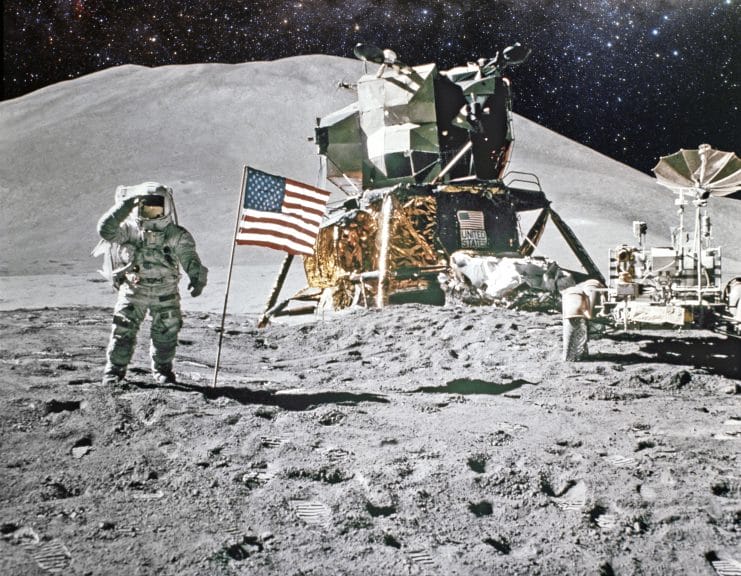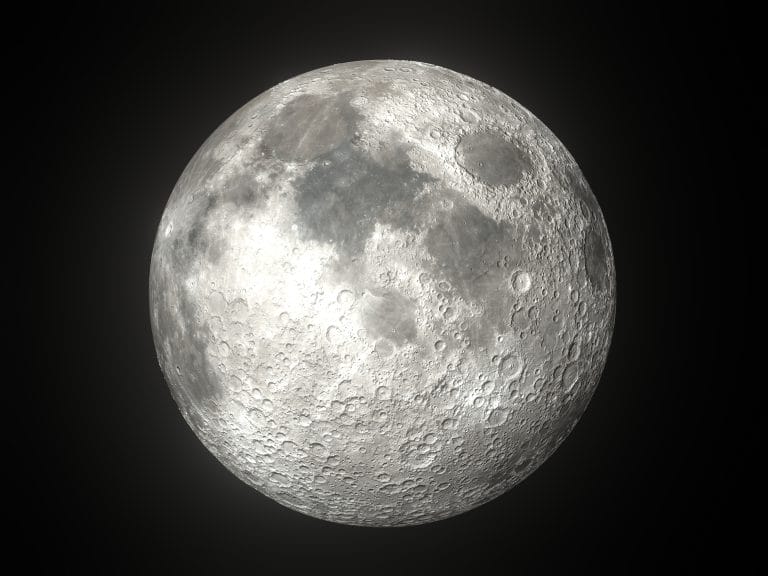A document created by the White House on April 2 has asked NASA to develop a time zone for the Moon, named Coordinated Lunar Time (LTC). The request comes as the government looks towards upcoming manned missions to the Moon. Discrepancies between timings could pose unwanted complications.
Because of the different gravitational field strength on the Moon, time passes slightly quicker there than it does on Earth. The difference is small – 58.7 microseconds per day – but not insignificant. Where high precision is key, the US government hopes that LTC will keep missions to the Moon coordinated and precise.
Speaking to BBC Radio 4, Professor Catherine Heymans said, “This fundamental theory of gravity in our Universe has an important consequence that time runs differently in different places in the Universe.” She continued, “The gravity on the Moon is slightly weaker, and the clocks run differently.”
Atomic clocks positioned around the planet measure Universal Coordinated Time (UTC), which regulates time globally. Most traditional clocks rely on magnetic fields, but newer technology uses lasers to track changes within cesium atoms. Scientific centers take averages from these transitions and calculate the most accurate measure of time. Developing LTC may require atomic clocks on the Moon.
As NASA communications and navigation official Kevin Coggins noted, “It makes sense that when you go to another body, like the Moon or Mars, that each one gets its own heartbeat.”
What problems will the new time zone LTC solve?
The new system of time reference for the Moon will ensure that communications between Earth and space are synchronized. LTC’s development will ensure that data transfers are secure and that mapping and location issues are less likely.
An OSTP official explained, “Imagine if the world wasn’t syncing their clocks to the same time, how disruptive that might be and how challenging everyday things become.”
The memorandum released by the White House reads, “Knowledge of time in distant operating regimes is fundamental to the scientific discovery, economic development, and international collaboration that form the basis of U.S. leadership in space.”
The US government is looking towards Artemis-3, the first mission to the Moon’s surface since Apollo 17 in 1972. It aims to land on the lunar south pole.

In view of Artemis-3 and other missions to the Moon, lunar timing will be implemented by December 31, 2026. The 36 nations that have signed the Artemis accords (which outlines the standards to be followed in space) will come to international agreements on how LTC is employed. The International Space Station (ISS) will still abide by UTC.
The intricacies of LTC, such as where it kicks in, are yet to be figured out by NASA. The US government’s document specifies that the new system should be resilient to “loss of contact with Earth” and scalable to “space environments beyond the Earth-Moon system.” As such, establishing the Moon’s time zone could signal the beginning of an expansive, interplanetary understanding of time.














